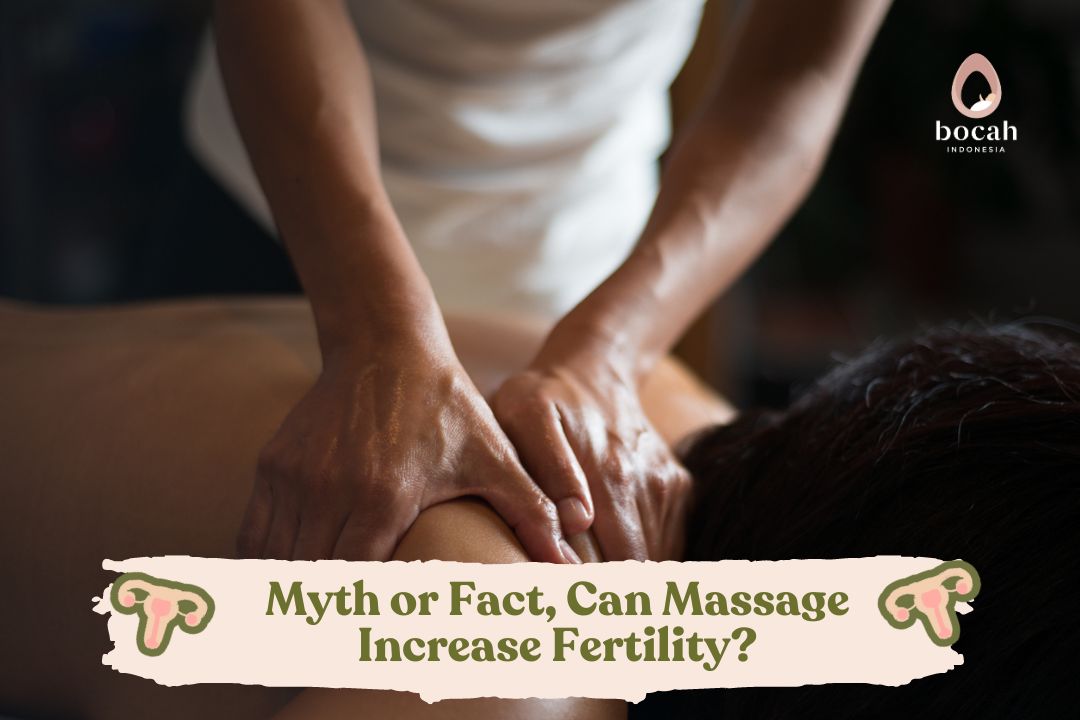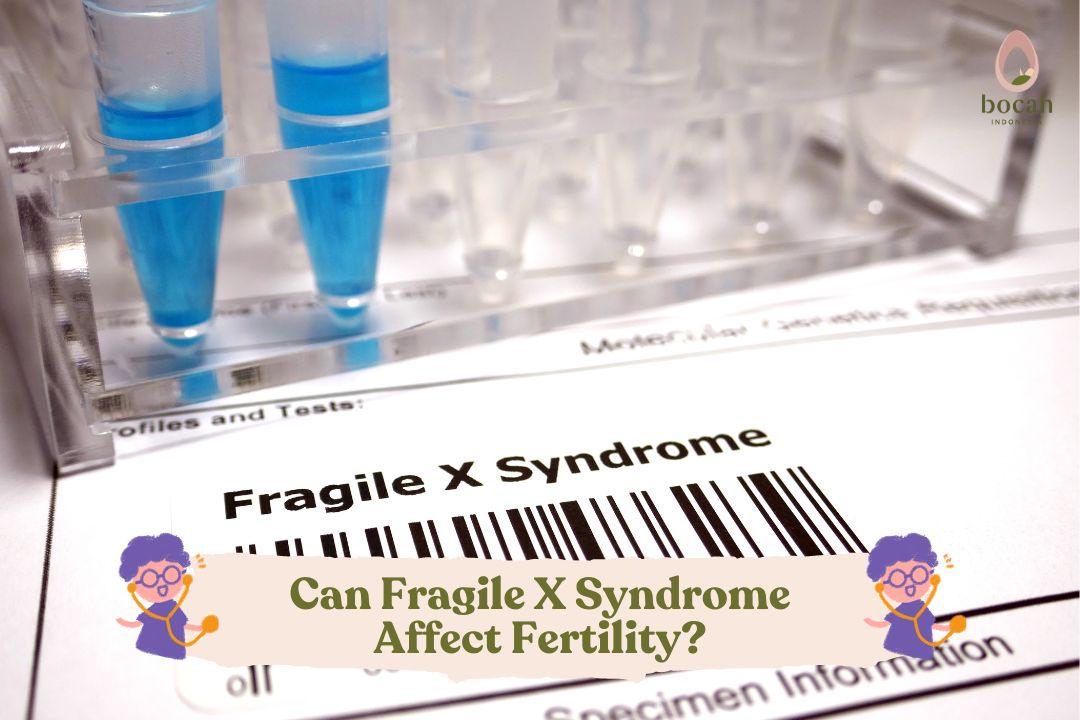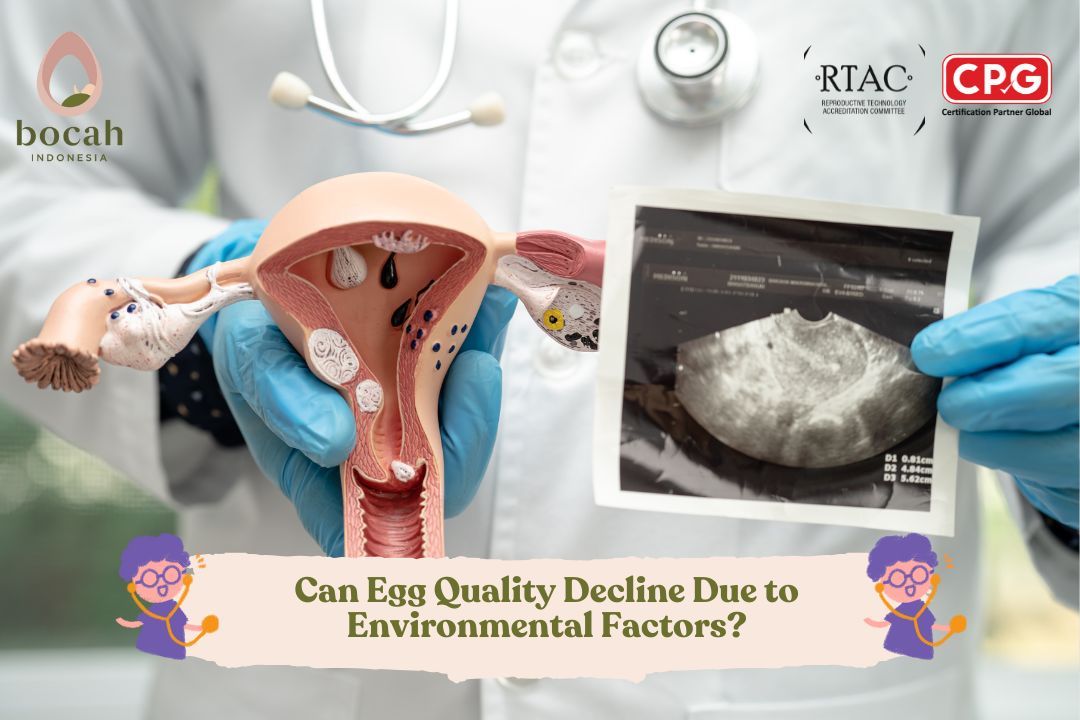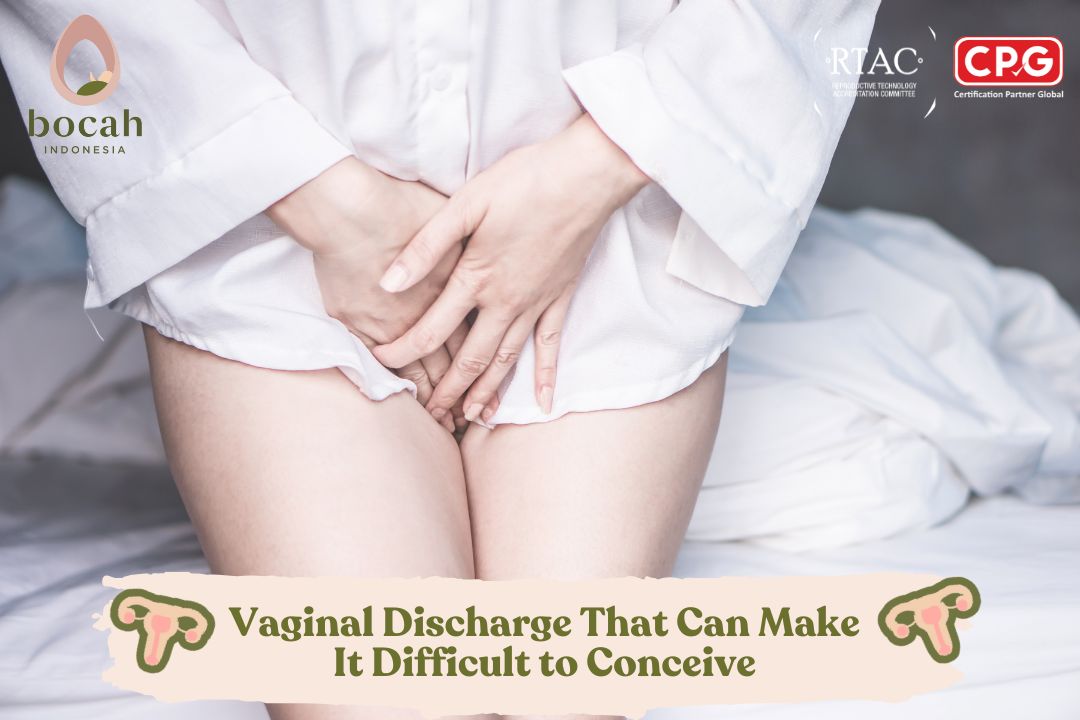Ovarian Cysts Can Be Detected Through Ultrasonography
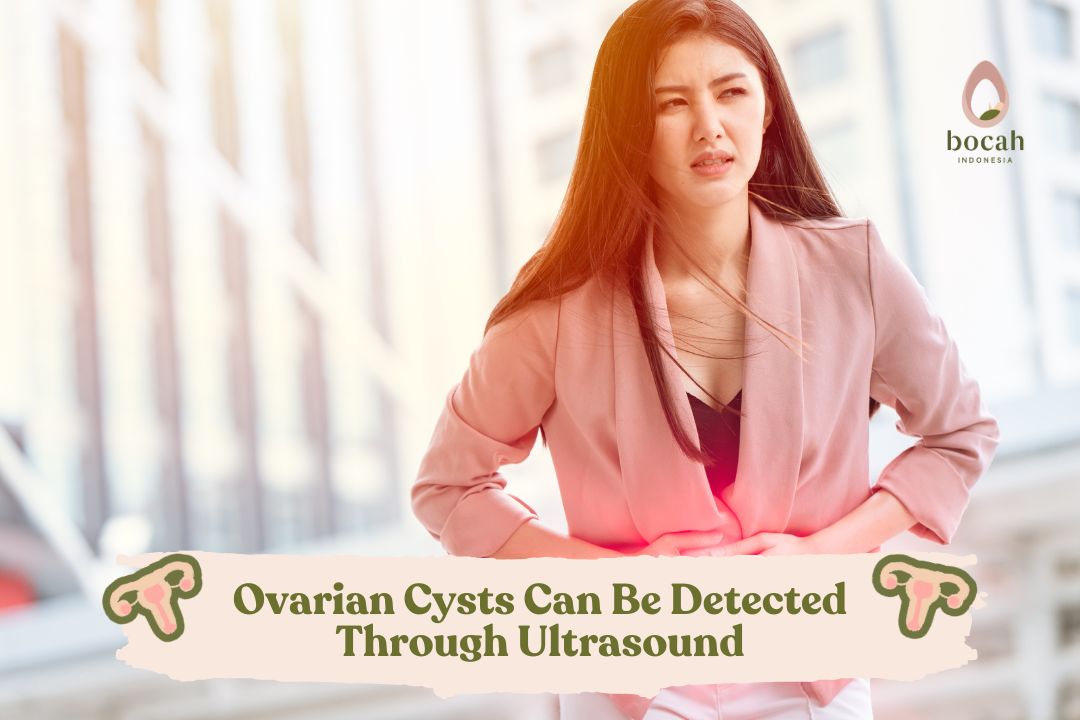
Ovarian cysts can be detected through ultrasound examinations. What does an ovarian cyst look like on ultrasound? Find out in the following article.
It is important for mothers to undergo regular health check-ups, especially in detecting potential serious health problems such as ovarian cysts. One commonly recommended method by doctors is using ultrasound or ultrasonography.
Through this technology, doctors can obtain a detailed view of the condition of the mother’s reproductive organs. However, how accurate and informative are ultrasound results in detecting ovarian cysts? Find out more here.
What is an Ovarian Cyst?
An ovarian cyst is a fluid-filled sac that forms inside one or both ovaries. The ovary, or egg sac, is a small organ in the pelvis that stores eggs and produces hormones such as estrogen and progesterone.
There are various types of ovarian cysts, most of which are not painful and harmless (benign). Usually, ovarian cysts do not cause symptoms, so mothers may not be aware of their presence until discovered during routine pelvic examinations or imaging procedures.
Tanya Mincah tentang Promil?
Rarely, ovarian cysts can lead to complications. Scheduling regular pelvic examinations and discussing any symptoms that mothers may experience with healthcare providers can help prevent problems associated with cysts.
USG Examination for Ovarian Cysts
Ovarian cysts can be detected during routine annual examinations or through other tests such as ultrasonography (USG), laparoscopy, and blood tests. Ultrasonography is considered the best method for diagnosing ovarian cysts.
Ultrasonography scanning is a very safe procedure. It does not involve radiation and usually has no side effects. In this examination, sound waves are used to help the doctor see an image of the ovaries and determine the presence of cysts.
USG examination can show results:
-
The ovaries have the right size
-
Normal-looking ovarian texture
-
Presence of cysts in the ovaries
USG Examination on the mother’s reproductive organs can provide indications of whether the ovarian cyst has the potential to be malignant or not. If the cyst shows a certain density area, there is a high likelihood that it is cancerous.
In some cases, in women who have entered menopause, the ovarian organs may not be clearly visible in USG results. This indicates that the ovaries are small and likely not cancerous.
If during the examination mothers have a suspicious-looking cyst, the doctor may recommend surgery for removal. The cyst will then be further examined in the laboratory.
Ovarian Cyst Examination with RMI
Risk of Malignancy Index (RMI) is used by doctors to help assess the risk that an ovarian cyst may become cancerous. This index combines several pieces of information, such as ultrasound results, the level of CA125 in the blood, and menopausal status.
Here are some uses of RMI for ovarian cysts:
-
Assessment of Malignancy Risk
RMI helps doctors assess how likely an ovarian cyst is malignant (cancerous) or benign. The score generated from these combined data helps guide diagnostic steps and necessary interventions.
-
Referral Decision
If a mother has a high RMI score, the doctor may refer her to a multidisciplinary specialist team. This team consists of various experts, such as surgeons, oncologists, and radiologists. They work together to make decisions regarding further tests and appropriate management steps.
-
Determination of Additional Test Types
Based on the RMI score, the doctor can determine the types of additional tests needed. This may include a CT scan or even surgery to get a clearer picture of the cyst and confirm the diagnosis.
-
Planning for Further Actions
If the RMI indicates a high likelihood of malignancy, the next step may involve surgery to remove the cyst or even the ovary to address the risk of cancer.
-
Monitoring and Follow-up
If the RMI indicates a lower risk, the doctor may recommend further monitoring, including regular examinations to ensure there are no significant changes.
Relationship Between Ovarian Cysts and Mother’s Fertility
Usually, ovarian cysts do not hinder the possibility of mothers to get pregnant, although sometimes they can make efforts to conceive more challenging.
The relationship between ovarian cysts and fertility can vary depending on several factors, including the type of cyst, size, and whether the cyst causes any symptoms or specific complications.
Here are some aspects to consider in understanding the relationship between ovarian cysts and fertility:
-
Type of Ovarian Cysts
Functional cysts are the most common and usually harmless. These cysts often form during normal menstrual cycles and tend to disappear on their own. Functional cysts generally do not affect fertility.
Non-functional or abnormal cysts, on the other hand, may require special attention, especially if they are large or if they are malignant. Some more serious types of cysts can affect fertility, especially if they require the removal of the ovary.
-
Size and Location
Large ovarian cysts or those located near the fallopian tubes or other reproductive organs may hinder the passage of eggs or cause hormonal imbalances, which can affect fertility.
-
Symptoms and Complications
If an ovarian cyst causes symptoms such as severe pain or ruptures, it can lead to issues with fertility. Serious complications like cyst torsion (twisting) can also affect the balance of blood flow to the ovary.
-
Treatment and Procedures
If a mother needs to undergo surgery to remove a cyst, the doctor will try to preserve fertility as much as possible. This may mean only removing the cyst and leaving the ovary intact or only removing one ovary.
In some cases, surgery to remove both ovaries may be necessary, and in this situation, the mother will no longer produce eggs. Be sure to talk to the doctor about the potential impact of the cyst on fertility before undergoing surgery.
-
Other Causes of Infertility
It’s important to note that fertility issues may be caused by other factors not directly related to ovarian cysts. A thorough examination is needed to determine the cause of infertility.
It’s essential to talk to the doctor to get more specific information about your ovarian cyst and its impact on fertility. Each case may be different, and appropriate management will depend on the individual factors involved.
For mothers looking for more information on fertility programs, find it on the Bocah Indonesia website.
This article has been medically reviewed by Dr. Chitra Fatimah.
Source:
- Srivastava, et al. (2020). Detection of Ovarian Cyst In Ultrasound Images Using Fine-Tuned VGG-16 Deep Learning Network. Computer Science, 1, pp. 1–8. https://www.researchgate.net/publication/340019565_Detection_of_Ovarian_Cyst_in_Ultrasound_Images_Using_Fine-Tuned_VGG-16_Deep_Learning_Network
- American Cancer Society (2021). Ovarian Cancer Risk Factors.
- National Health Service UK (2019). Ovarian Cyst.
- National Institute of Health (2022). MedlinePlus. Ovarian Cysts.
- U.S. Department of Health & Human Service (2021). Office on Women’s Health. Ovarian Cysts.
- Cleveland Clinic (2022). Ovarian Cysts.


